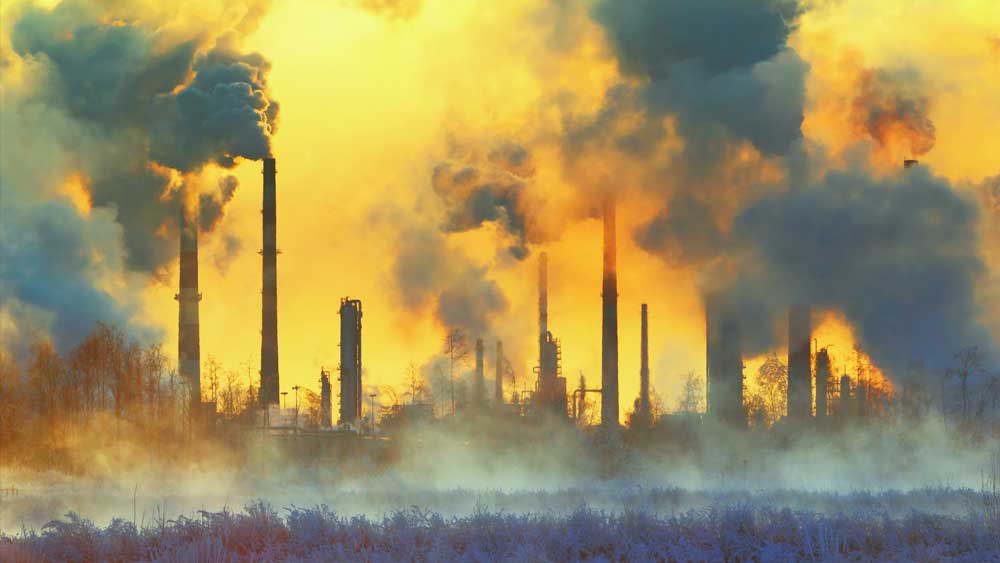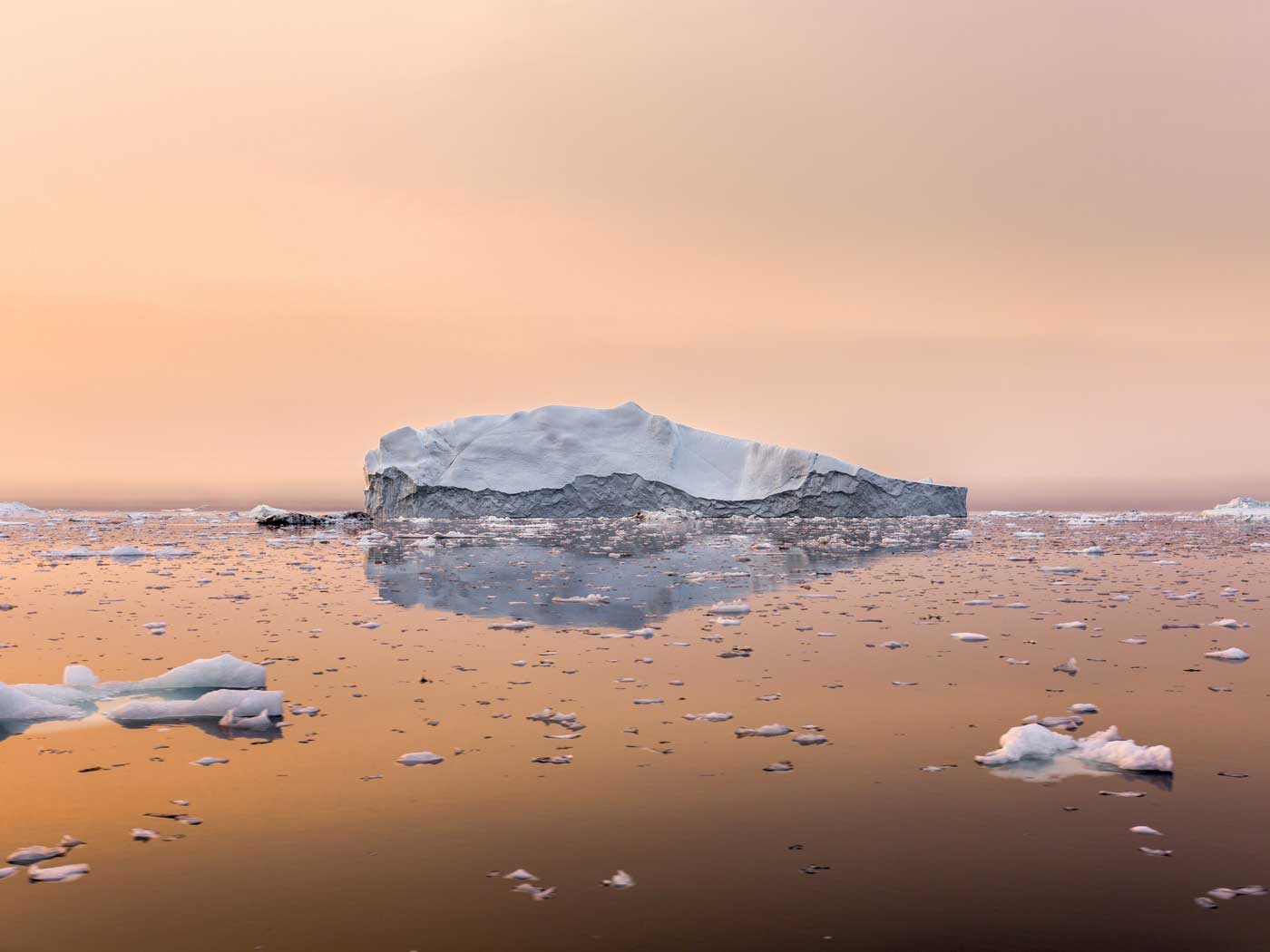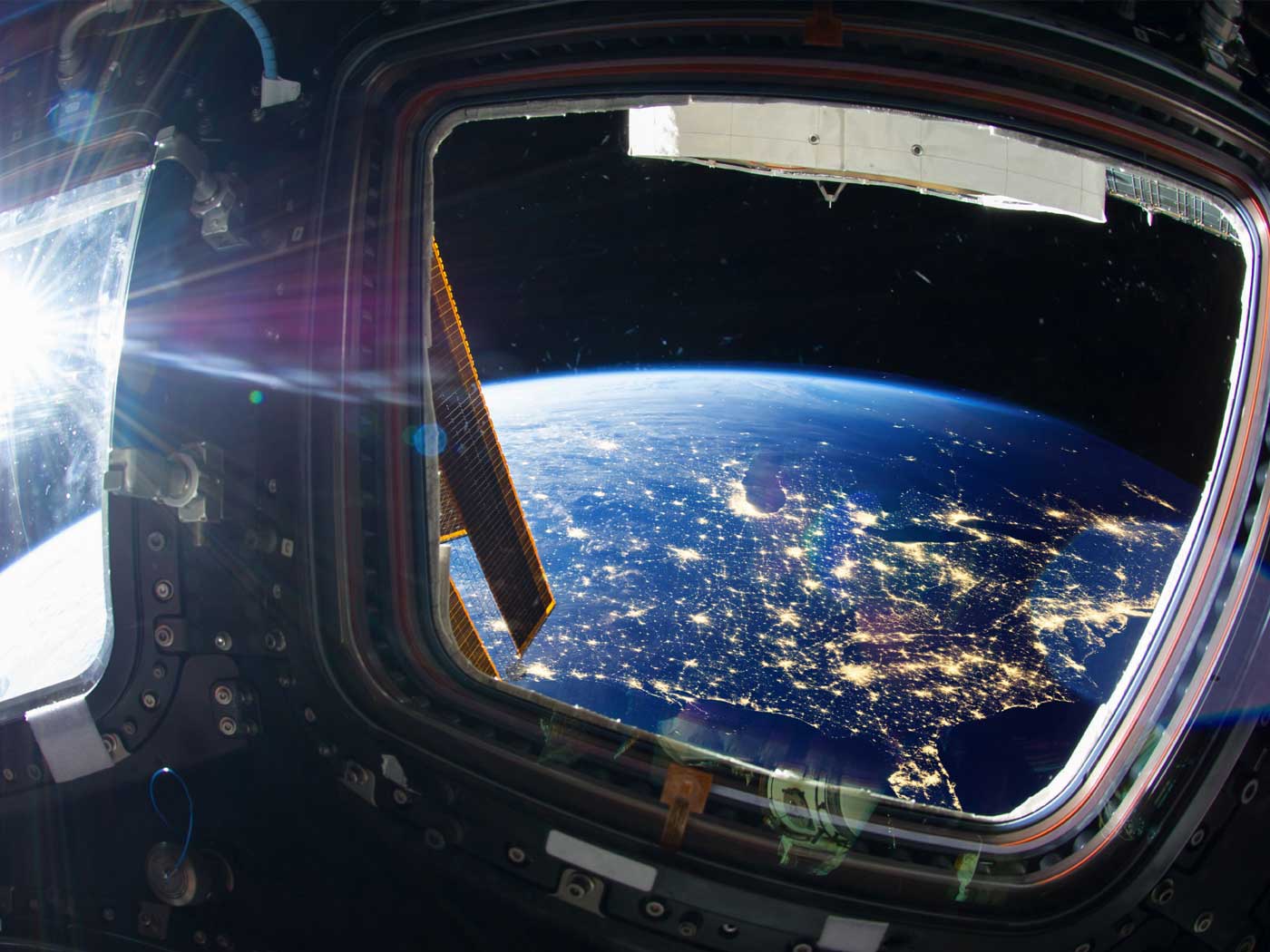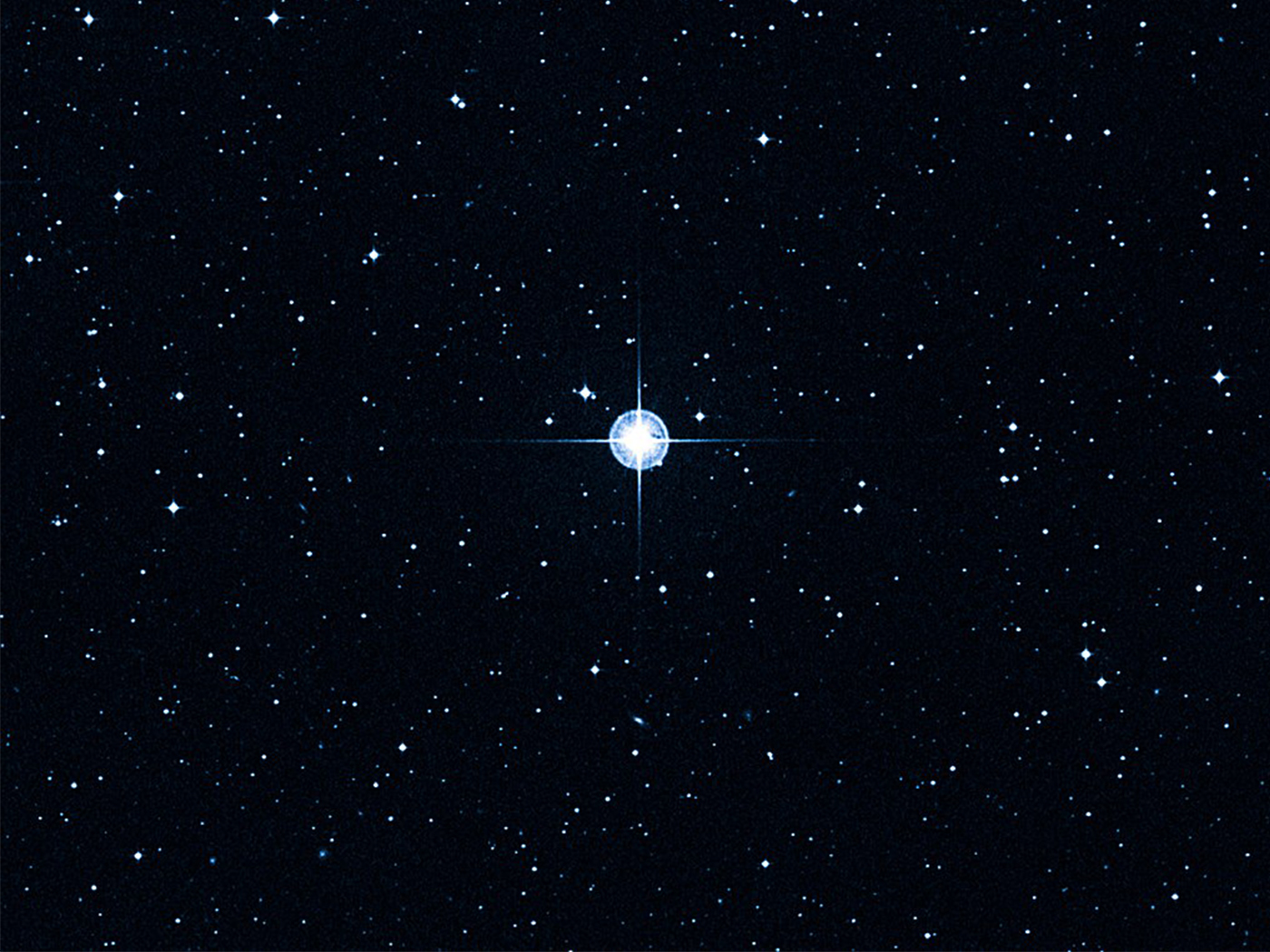Some are pointing out that the coronavirus shutdown presents an opportunity to test a major climate change assumption.1-3 Because global industrial activity has been curtailed due to the pandemic, pollution in certain urban areas has decreased dramatically.4 This decrease in industrial activity should also theoretically decrease global carbon dioxide emissions. One of the main assumptions behind concern over global warming is that increasing atmospheric carbon dioxide is due to human activity, not natural causes. The decrease in economic activity provides an opportunity to test that assumption.
Scientists have been measuring atmospheric carbon dioxide at Hawaii’s Mauna Loa Observatory since 1958, and they are still making those measurements even today. If human activity is indeed the cause of the observed increase in atmospheric CO2, then there should be a small downward dip in atmospheric CO2, resulting from the coronavirus shutdown. However, such a trend would take time to become noticeable, and other effects would need to first be taken into account.3,5
However, even scientists skeptical of global warming alarmism tend to think that human activity is indeed the cause of this increase.3 Remember, the global warming debate is ultimately not about whether atmospheric CO2 is increasing. Nor is it really a debate about whether or not humans are primarily responsible for the increased CO2. Nor is it even a debate about whether or not an increase in atmospheric carbon dioxide would result in an eventual temperature increase. It would, but this increase would be very slight. The real debate is whether or not climate “feedbacks” would either enhance or impede the warming, once started. In other words, does our climate self-correct to avoid climate extremes, or can small changes to the climate system bring about a climate catastrophe?6 Biblically, we would expect the Earth’s climate system to self-correct, since God promised a degree of climate stability since the Genesis Flood (Genesis 8:22).
It should also be remembered that much carbon dioxide is dissolved in the world’s oceans, and warmer temperatures cause this CO2 to escape into the atmosphere, much in the same way that “fizz” leaves a soda left in the hot sun. Skeptics of climate alarmism, including retired ICR atmospheric scientist Dr. Larry Vardiman, have pointed out that warmer temperatures sometimes preceded the increases in carbon dioxide, which makes sense if carbon dioxide is escaping from warming oceans.7
Climate alarmists are well aware of this, but they claim that this only proves that carbon dioxide is not the initial cause of the warming. Instead, they claim that carbon dioxide amplifies the warming that has already occurred.8,9
So why do they think CO2 amplifies warming? One reason is basic cause-and-effect: If CO2 increases after warming has occurred, then it’s pretty obvious that the CO2 cannot be the initial cause of the warming. However, a second reason is their adherence to the Milankovitch ice age theory. This theory posits that Earth has experienced dozens of ice ages in the last few million years. Supposedly these ice ages are paced by variations in the way sunlight falls on the Earth at different times in the supposed prehistoric past. These variations in sunlight distribution are thought to result from slow changes in Earth’s orbital and rotational motions over tens of thousands of years.
A major problem with the theory is that these changes in sunlight, by themselves, are not large enough to cause the waxing and waning of ice ages. Hence, because alarmists think the theory is correct, they assume some factor or factors must be amplifying these small changes in sunlight to bring about major climate change.10 And carbon dioxide is thought to be one of these factors.11 So, the Milankovitch theory is one of the main arguments for climate change alarmism.12,13 But original ICR research has shown that evidence for the theory is extremely shaky at best, even by secular, old-Earth reckoning.14 And that’s even if you ignore a host of other problems for the theory!15
Creationists think that evidence for multiple past ice ages is weak and that secular scientists are misinterpreting these data. Instead, there is strong geological evidence for just a single Ice Age, and creation scientists think this Ice Age was triggered by the Genesis Flood.16
In any case, this temporary decrease in human-produced carbon dioxide provides an opportunity to test one of the main assumptions underlying the theory of catastrophic anthropogenic global warming. But remember that climate sensitivity is the real issue at the heart of the global warming debate, even if human activity is confirmed as the cause of increased atmospheric carbon dioxide. In the meantime, ICR has a number of resources dealing with the Ice Age,17-19 as well as the “hot” topic of global warming.20
References
1. Bastardi, J. CO2 fails to respond to economic shutdown, proof we are not the source. ICECAP. Posted on icecap.us April 23, 2020, accessed April 27, 2020.
2. Haapala, K. Major Source of CO2 Emissions? Wattsupwiththat.com. Posted on wattsupwiththat.com April 27, 2020, accessed April 27, 2020.
3. Spencer, R. March 2020 CO2 Levels at Mauna Loa Show No Obvious Effect from Global Economic Downturn. Dr. Roy Spencer: Global Warming. Posted on drroyspencer.com April 7, 2020, accessed April 27, 2020.
4. Denne, L. Coronavirus lockdowns have sent pollution plummeting. Environmentalists worry about what comes next. NBC News. Posted on nbcnews.com April 7, 2020, accessed April 27, 2020.
5. For instance, there is a pronounced seasonal cycle imposed on the overall upward trend in atmospheric CO2.
6. Biello, D. The Most Important Number in Climate Change: Just how sensitive is Earth’s climate to increasing carbon dioxide? Scientific American. Posted on scientificamerican.com November 30, 2015, accessed April 27, 2020.
7. Vardiman, L. 2008. Does Carbon Dioxide Drive Global Warming? Acts & Facts. 37 (10): 10.
8. Nuccitelli, D. CO2 lags temperature—what does it mean? Skeptical Science. Updated on skepticalscience.com January 8, 2016, accessed April 27, 2020.
9. Although scientists can measure trapped carbon dioxide in deep ice cores, inferring the temperature at the time the ice was deposited is not trivial, and uniformitarian scientists tend to downplay factors that could “cloud” the interpretation of these data.
10. Kerr, R. A. 1997. Upstart Ice Age Theory Gets Attentive But Chilly Hearing. Science. 277 (5323): 183-184.
11. Schmittner, A. Paleoclimate. Introduction to Climate Science. Online text for Oregon State University, College of Earth, Ocean, and Atmospheric Sciences. Posted on library.open.oregonstate.edu, accessed April 27, 2020.
12. Hebert, J. 2019. Climate Alarmism and the Age of the Earth. Acts & Facts. 48 (4).
13. The other main argument for catastrophic global warming consists of results from computer climate models, but these climate models have consistently over-predicted the amount of past warming.
14. Hebert, J. 2016. ‘Big Science’ Celebrates Invalid Milankovitch Paper. Creation Science Update. Posted on ICR.org December 26, 2016, accessed April 27, 2020.
15. Oard, M. J. 2007. Astronomical troubles for the astronomical hypothesis of ice ages. Journal of Creation. 21 (3): 29-23.
16. Hebert, J. 2018. The Bible Best Explains the Ice Age. Acts & Facts. 47 (11).
17. The Ice Age: Real and Recent. Dallas, TX: Institute for Creation Research. DVD.
18. Hebert, J. 2014. The Ice Age and the Flood: Does Science Really Show Millions of Years? Dallas, TX: Institute for Creation Research.
19. Oard, M. J. 2005. The Frozen Record: Examining the Ice Core History of the Greenland and Antarctic Ice Sheets. Dallas, TX: Institute for Creation Research.
20. Hebert, J. 2019. The Climate Change Conflict: Keeping Cool Over Global Warming. Dallas, TX: Institute for Creation Research.
*Dr. Jake Hebert is Research Associate at the Institute for Creation Research and earned his Ph.D. in physics from the University of Texas at Dallas.

Shutdown: Chance to Test Climate Change Assumption
The Latest
CREATION.LIVE PODCAST
Ask, Seek, and Find with Dr. Brown | Creation.Live Podcast: Episode...
What is truth? Is truth absolute? Is it malleable as sensibilities and cultures shift?
Hosts Trey and Lauren are joined by Dr. Michael Brown to discuss...
The Golden Numbers
Evolutionists theorize that the universe came into being through random means. Fundamentally, randomness lacks symmetry since the very concept of symmetry...
Scientists Question Foundational Big Bang Assumption
In April 2024, some of the world’s leading cosmologists convened at the Royal Society in London to question the cosmological principle—the...
Moroccan Dinosaurs in Marine Rocks, Too
Two recent papers by paleontologist Nicholas Longrich and his colleagues describe some unexpected findings in phosphate mines of northern Morocco.1,2...
CREATION PODCAST
Ernst Haeckel: Evolutionary Huckster | The Creation Podcast:...
Ernst Haeckel, a German Zoologist, is famous for developing a series of images of embryos in development called Anthropogenie. These images,...
Bees Master Complex Tasks Through Social Interaction
Bees are simply incredible.1,2 These little furry fliers challenge the very foundation of Darwinism in many diverse ways.
Bees have been...
The Tail of Man’s Supposed Ancestors
Although it has been known for decades and despite insistence to the contrary from the evolutionary community, man—Homo sapiens—has never...
When Day Meets Night—A Total Success!
The skies cleared above North Texas on Monday, April 8, for a spectacular view of the 2024 Great American Solar Eclipse. Hundreds of guests joined...
The Sun and Moon—Designed for Eclipses
Before discovering thousands of planets in other solar systems, scientists tended to assume that other solar systems would be very similar to our own....
Let ICR Help You Prepare for the Great American Solar Eclipse!
On Monday, April 8th, the moon will move directly between the earth and the sun, resulting in a total solar eclipse visible in northern Mexico, much...






























